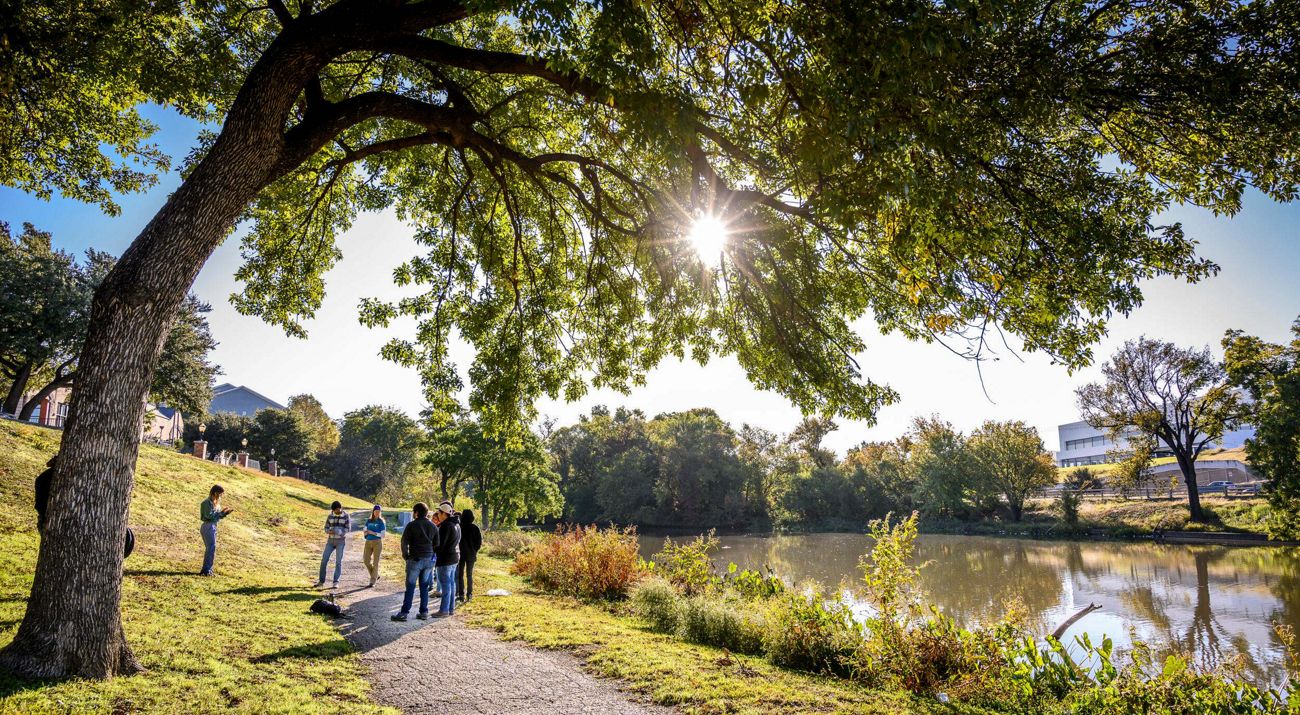Located within Tarrant and Parker counties, the 60,211-acre study area for this Greenprint includes land that channels water into Lake Worth, a major drinking water supply for residents of the City of Fort Worth and other communities. Located approximately ten miles northwest of downtown Fort
Worth, the Lake Worth Watershed is directly in the path of development spreading outward from the central city.
With a population projected to keep growing, it is essential that the community provide public recreational resources, protect water quality, and provide infrastructure and a range of land uses and development to accommodate future growth. With careful planning, strategically located parks, trails, and open space can provide buffers to protect water quality while also providing recreational bicycle and pedestrian linkages between destinations and amenities to residents.
With the intent to protect water quality by reducing pollutant loads from the contributing area while enhancing recreational opportunities in the Lake Worth Watershed, the North Central Texas Council of Governments (NCTCOG) and The Trust for Public Land partnered to work with the City of Fort Worth and a local citizen advisory committee (The Lake Worth Regional Coordination Committee (LWRCC) to develop this Greenprint.
Year Published: 2015
State: Texas
Landscape Context: Inland
Housing Density: Suburban
Funding Type: Public
Habitat Focus: Forest, Developed, Herbaceous
Organizations Involved:
The Trust for Public Land, City of Fort Worth
Values:
Water Quality, Recreation
Stakeholder Involvement:
Stakeholder were fully integrated including through public polling, interviews, stakeholder group, and a Technical Advisory Team.
Planning Process:
The planning process included engaging the community around goal setting (public polling, interviews, and stakeholder group), followed by a priority lands analysis (led by a Technical Advisory Team), followed by strategic implementation and action plan development. The project also included primary research for fiscal impact and conservation finance studies
Desired Outcomes:
The Greenprint aimed to achieve the following outcomes:
- Develop a long-term vision for a Lake Worth open space network, and involve stakeholders in the decision-making process.
- Build upon plans already complete or underway, (e.g. trail alignment study for Lake Worth, Lake Worth Vision Plan, and the Lake Worth Capital Improvement Implementation Plan).
- Identify lands most important for lake water quality, as well as other related community-driven open space/conservation goals.
- Help the city and stakeholders evaluate the relative importance of undeveloped land in the watershed.
- Evaluate tools that can be used to protect Lake Worth’s water quality.
- Provide education about voluntary conservation easements and their tax advantages to potential partners to make conservation easement opportunities more widely understood and employed, where appropriate.
What It Accomplished:
$300,000 has been raised or leveraged directly or indirectly in relation to this plan.
